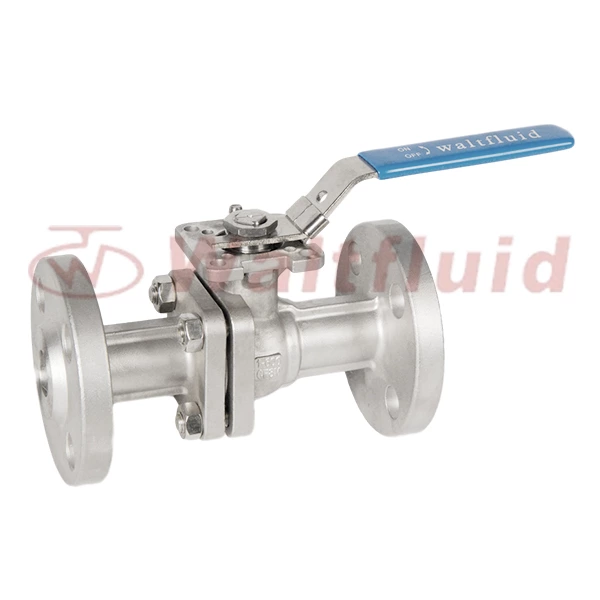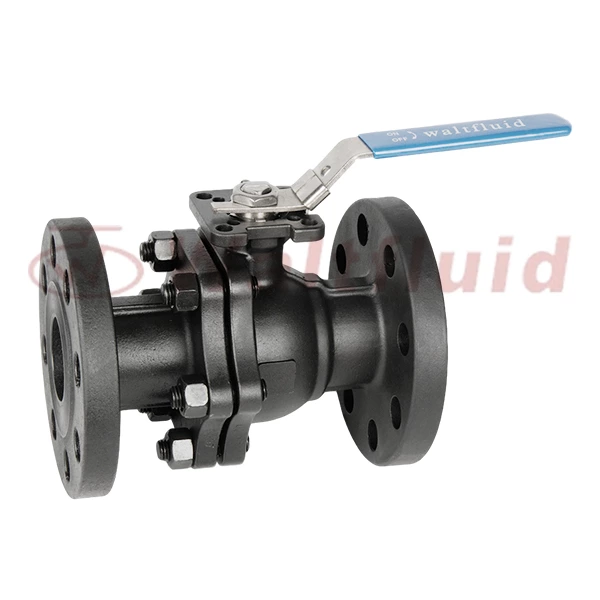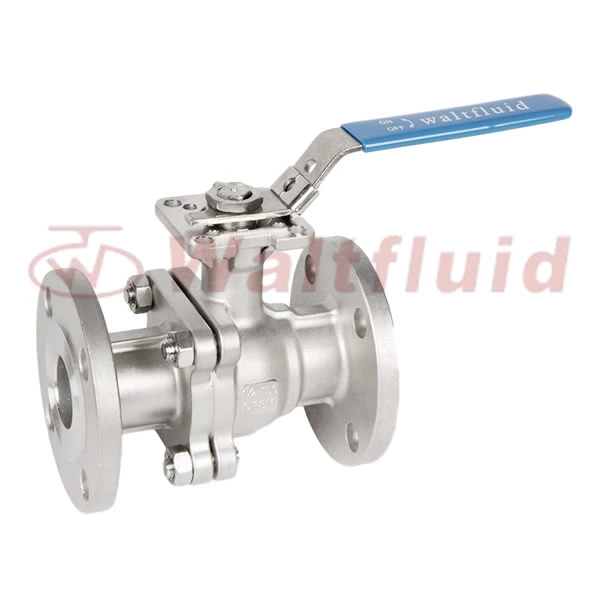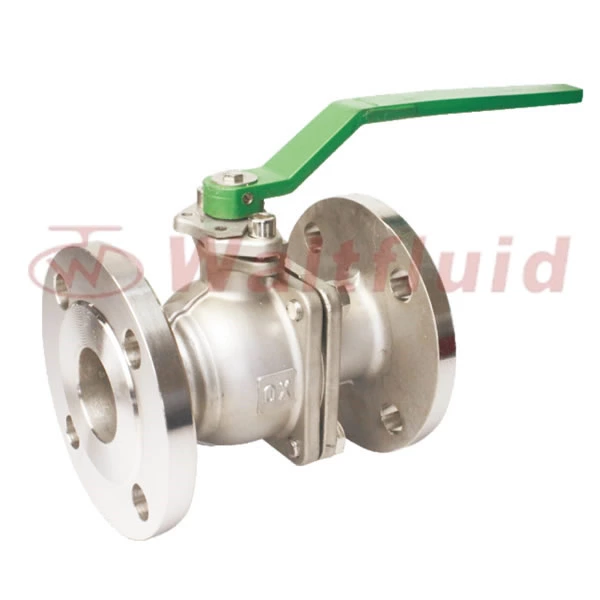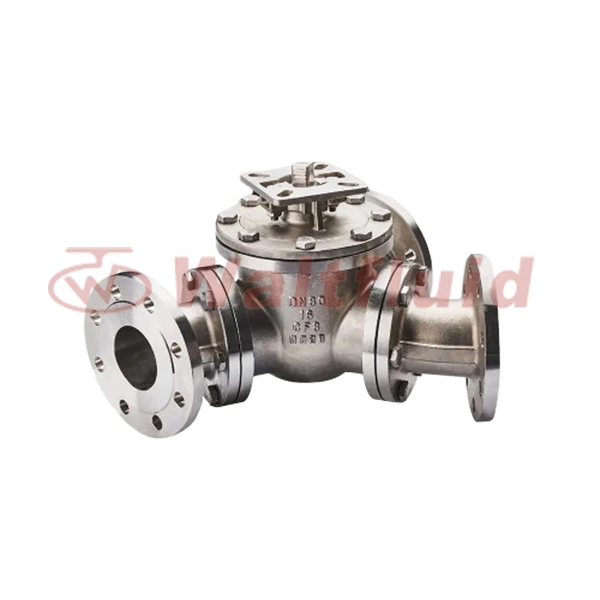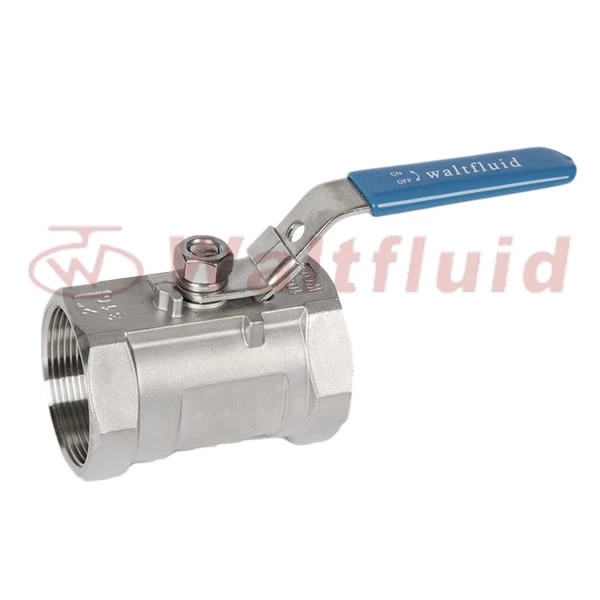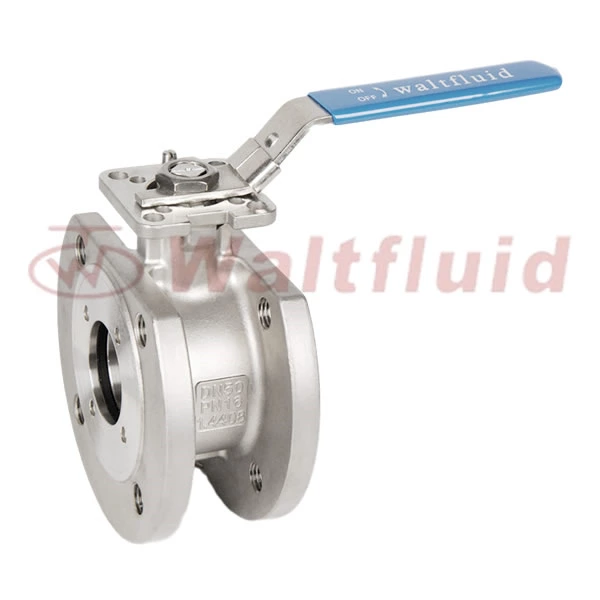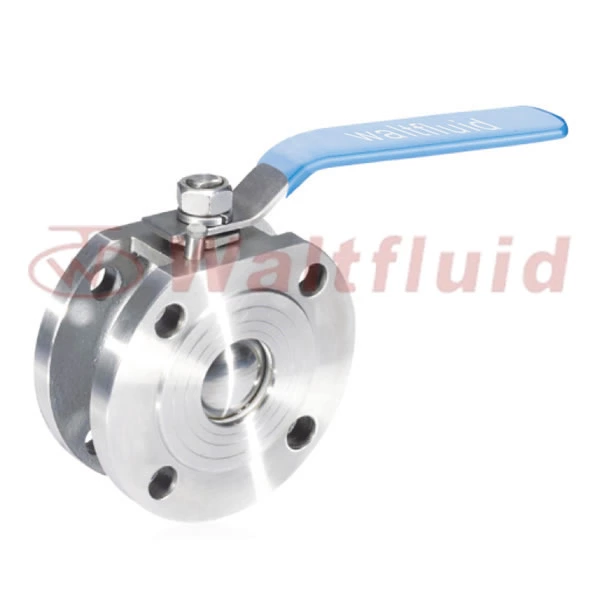Several Key Factors To Master For Threaded Ball Valves And Flanged Ball Valves
As a new type of ball valve device that has been widely used in recent years, 3 Way Flanged Ball Valve is widely loved and concerned by consumers. According to industry insiders, the origin of the name of the threaded ball valve is mainly due to the threaded connection method when it is connected to the pipeline. In terms of specific materials, it is also divided into carbon steel, stainless steel, alloy steel, low-temperature steel and ductile iron. So, compared with other ball valves, what are the characteristics of threaded ball valves?
1. The threaded ball valve is generally divided into integral type, two-stage type and three-stage type in structure. Each structure is reasonably arranged and beautiful in shape, which conforms to the aesthetics of most consumers. Among them, the two-piece and three-piece threaded ball valves are connected in a butt welding and socket welding manner, and are equipped with international standard bracket platforms and locking devices. The driving mode can be divided into three different modes: manual, electric and pneumatic.
2. The valve seat adopts an elastic sealing structure, which is easy to start and close. The valve stem part adopts a bottom-mounted structure with an inverted seal, which effectively prevents the valve stem from being flushed out when the valve cavity is abnormal. Under such a design structure, the fluid resistance in the threaded ball valve becomes smaller, and even if the medium passes through, it will not cause erosion of the valve seal.
3. It only takes half a turn to rotate from full open to full closed. The simple operation is also convenient for remote control. The movable sealing ring is easy to disassemble and install, making repair and maintenance more convenient and quick. Because of its simple structure and light weight, it can reduce the pressure of the pipeline.
According to experimental data research, the threaded ball valve can be used in 1-4mpa and the working temperature is -29~180 degrees Celsius to effectively cut off and connect the medium in the pipeline, and the medium not only includes who, gas, steam but also oil, nitric acid and acetic acid and other chemicals.
Flange ball valves must be maintained during use, and this maintenance is a daily work and must be done every day. Only with good maintenance can the service life of the flange ball valve be extended, so that it can give full play to its advantages and serve us. So, how to maintain the flange ball valve?
1. Be sure to check the valve switch indicator and valve number plate to ensure that the marking is clear. If the marking is damaged or detached, it should be supplemented in time.
2. Check the bolts of each bracket and joint of the flange ball valve to see if the parts are well connected. If there is any looseness, tighten them again.
3. Check the condition of the key parts of the flange ball valve, including the packing gland, the filling hole, the filling hole nut, the screw plug, the expansion joint, the connection between the valve cover and the valve body, etc., to see if there are any abnormalities in these parts. Ensure that all parts can work normally.
4. In addition to the above daily inspections, a major overhaul should be performed every year. Check the equipment in detail so that faults can be eliminated in time and large losses caused by faults can be avoided.
In short, the maintenance of flange ball valves is very important, and only by persisting in doing it can good results be achieved. If the operation is improper or maintenance is not paid attention to, the valve will inevitably fail. Leakage of flange ball valves is a common problem. When a flange ball valve fails, it should be handled as soon as possible, but be careful to find a professional maintenance personnel to handle it. Generally, if the flange ball valve is purchased from a large manufacturer, the manufacturer can provide after-sales service, so if there is a problem, contact the manufacturer to solve your troubles.
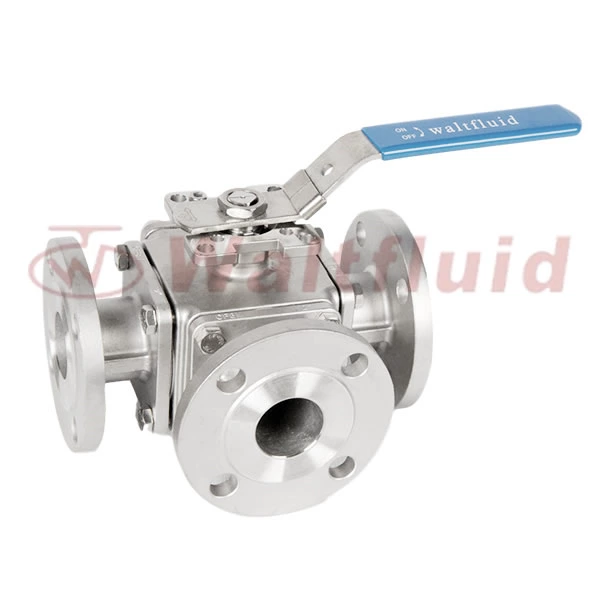
 English
English 中文
中文 Pусский
Pусский  Español
Español
